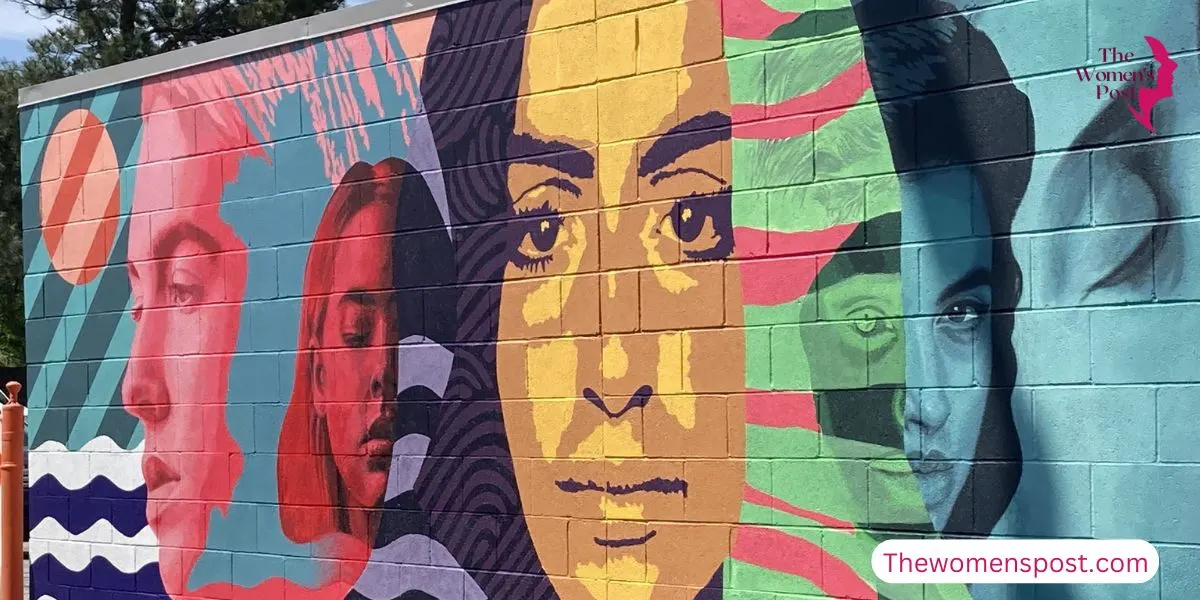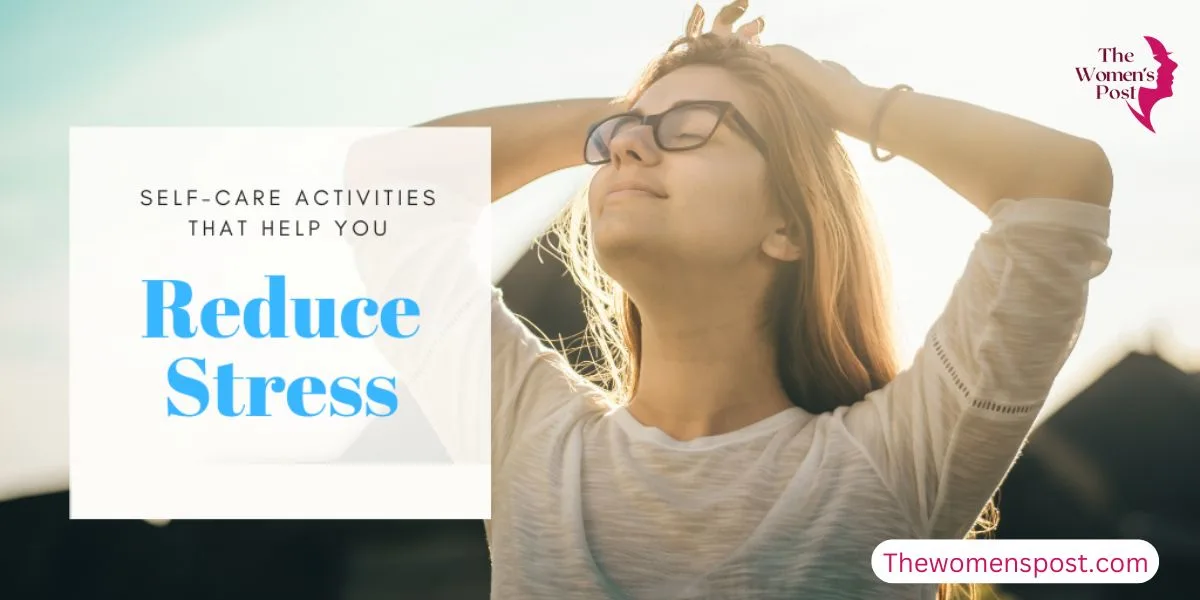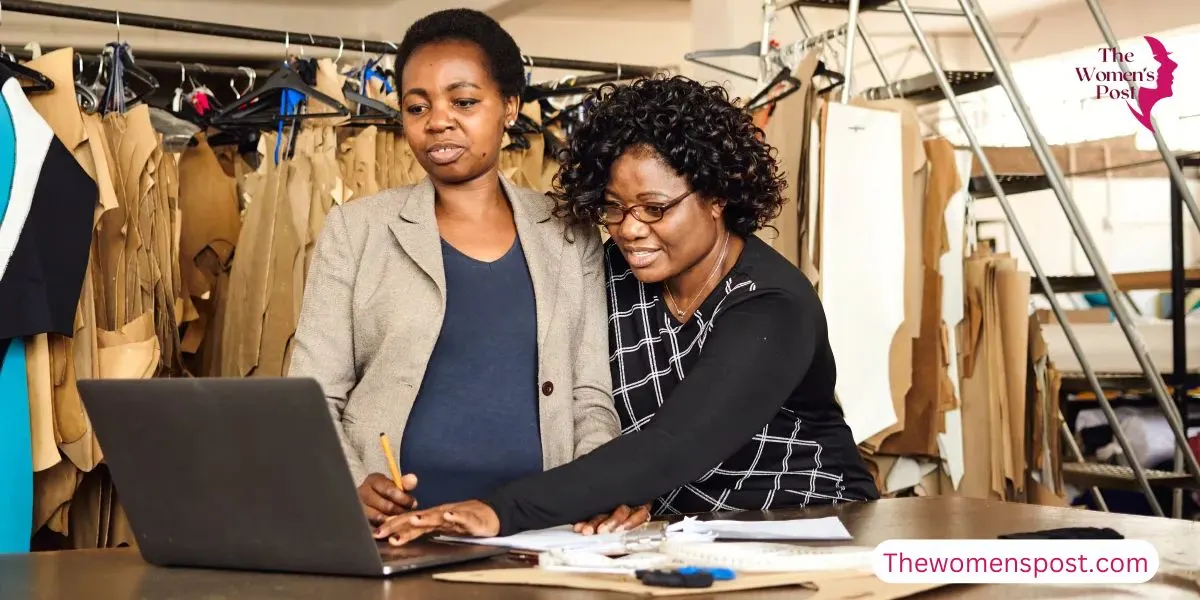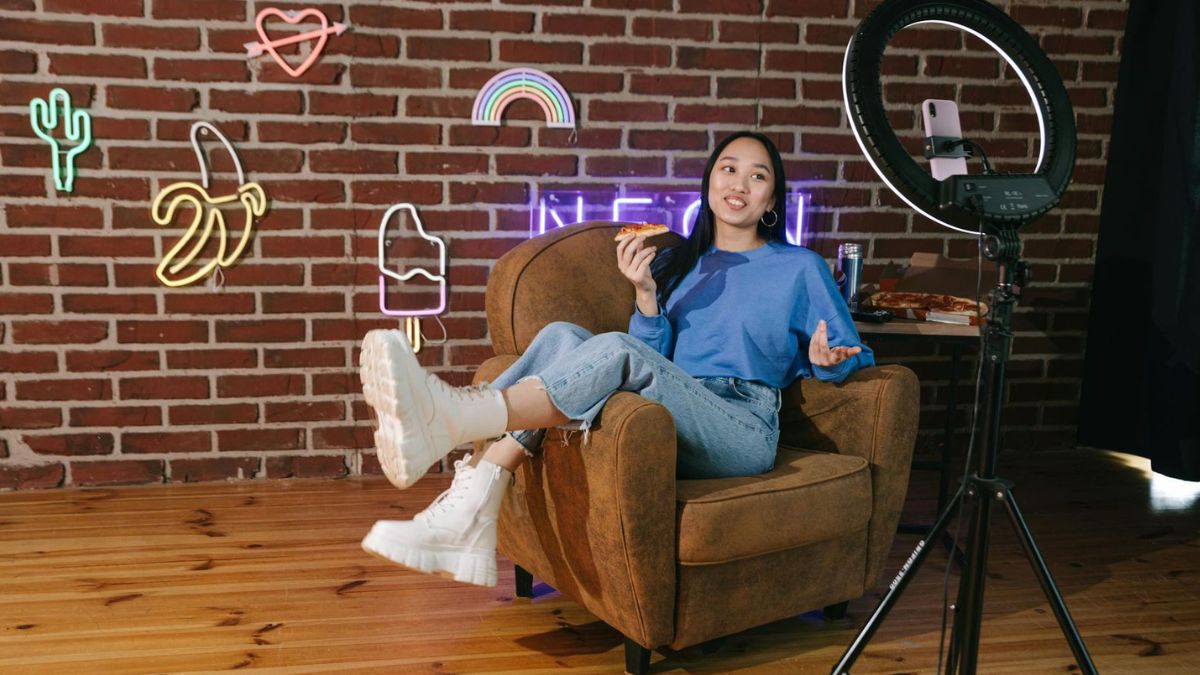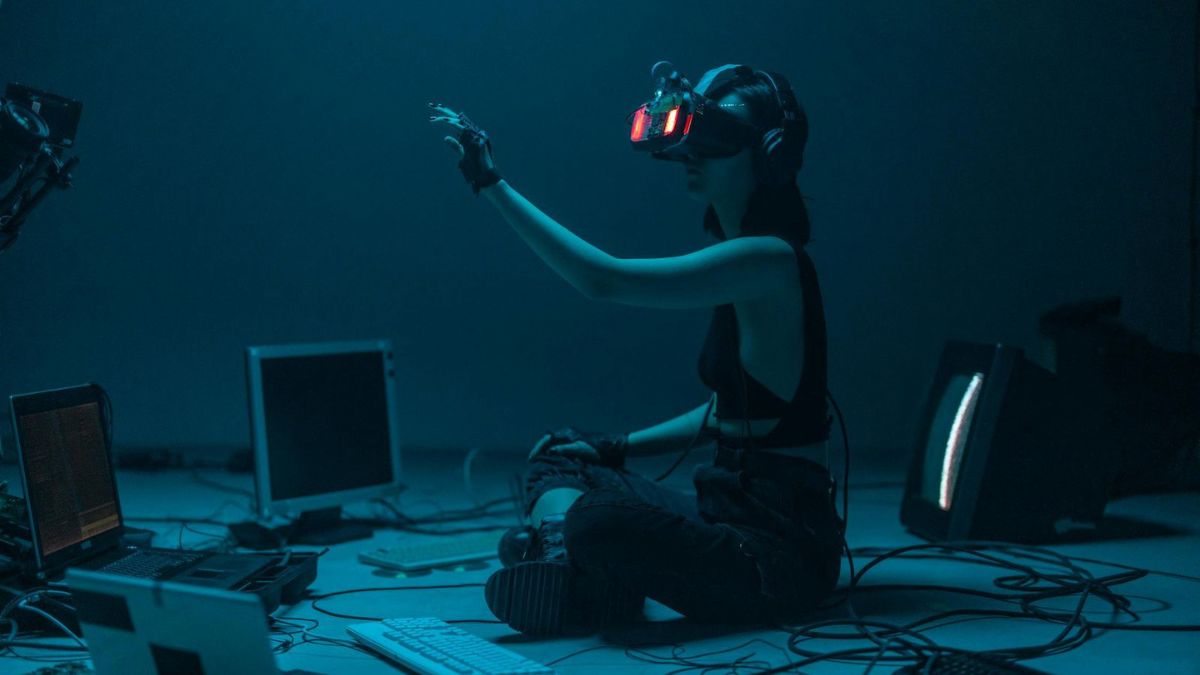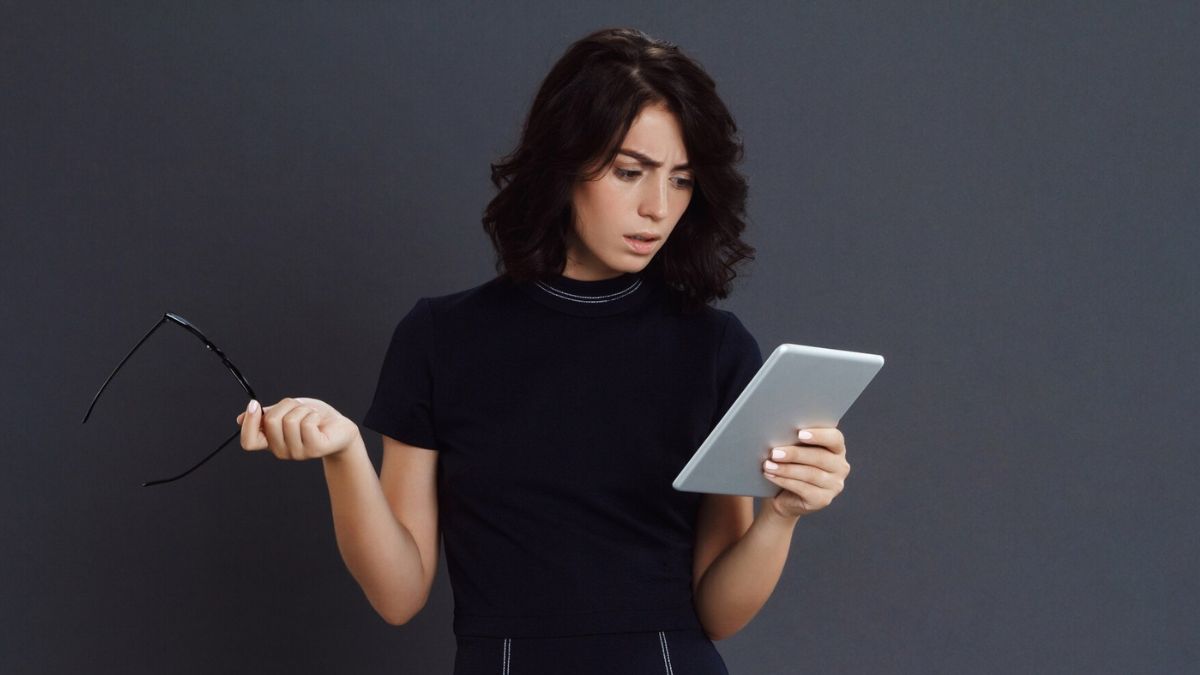The Soft Power Shift: How Women Are Redefining Influence Online?

Let’s be honest: the internet is more than simply a tool; it’s a world unto itself. And in this world, a silent revolution is underway. It isn’t showy. It is not aggressive. It doesn’t matter who can shout the loudest or hustle the hardest. Instead, it is about influence, which seems like a discussion rather than a command. Welcome to the Soft Power Creator Economy. Guess what? Women are leading the way.
Whether it’s a mom on Instagram offering mindful parenting suggestions, a therapist on TikTok helping us understand emotional boundaries, or a lifestyle YouTuber teaching self-care via morning rituals, women are altering how we think, feel, and interact. This is not an accident.
It is a tectonic change driven by the particular talents that women bring to the table, as well as altering expectations in the digital era.
But before we get into why this is occurring, let’s define what the “soft power” creator economy is.
What Is The “Soft Power” Creator Economy?
Political scientist Joseph Nye created the phrase “soft power,” which refers to influence achieved via attraction and persuasion rather than force or money. In the creative economy, this translates into influence based on trust, relatability, emotional intelligence, and community-building.
Unlike conventional media, where power was based on exposure and control, today’s producers get power from connection and authenticity. TikTok, Instagram, Substack, YouTube, and Patreon are ideal outlets for this type of impact.
In sum, soft power isn’t about demanding followers; it’s about welcoming them into your universe. Women, it turns out, are exceptionally adept at this.
A Natural Fit: Emotional Intelligence Meets Digital Influence
Let’s be honest: the most successful innovators today aren’t always the most technically talented or vocal—they’re the ones that make us feel something. And, in a world saturated with material, emotional connection is uncommon and strong.
According to research, women outperform males on emotional intelligence tests, including empathy, relationship management, and social awareness. These characteristics transcend wonderfully into the creative space.
Consider Brené Brown, whose vulnerability-first approach has ignited a worldwide discourse about shame and bravery.
Or Tabitha Brown, whose gentle voice and kindness have become her the internet’s favourite “mom.” Alix Earle’s unvarnished GRWMs (get ready with me) are like catching up with a best friend.
Their strength resides not in dominating a space, but in drawing us in.
From Hustle Culture to Healing Culture
For years, the internet hustle economy celebrated the grind: productivity tips, 5 a.m. regimens, and side hustle after side hustle. However, after a pandemic, a burnout epidemic, and a national mental health crisis, people want something else.
Enter the healing economy, a trend towards material that calms, supports, and nourishes. Mental wellness, self-care, leisurely living, and emotional literacy are the new currency of power.
And it is primarily women that create, curate, and promote this area.
On TikTok and YouTube, creators like as Dr. Julie Smith demystify mental health, Nedra Tawwab teaches limits, and Mel Robbins helps individuals overcome self-doubt and fear. What’s their tone? Compassionate and not preachy. What’s their vibe? Calm, not chaotic.
In essence, they demonstrate soft power in action.
Community, Not Just Audience
The primary distinction between traditional media and the creative economy is interaction. You don’t simply watch a creative; you remark, share, DM, and even collaborate. You are more than simply an audience; you are a member of the community.
Women makers flourish here because they frequently demonstrate diversity, sensitivity, and real participation. They respond to DMs. They remember names.
They ask their fans what they want to see more of—and then provide.
Women-led networks often feel more like cosy living rooms than business boardrooms. Whether it’s a Facebook group for female entrepreneurs, a Discord server for book lovers, or a Substack for feminist writings, these communities are built on care and connection, not hierarchy.
Monetising with Meaning
Another notable trend in the soft power economy is how women monetise their material. While some male producers choose sponsorship-heavy, high-volume models, many women are focussing on long-term, values-aligned revenue streams.
This includes:
- Paid emails using Substack or Ghost
- Digital offerings include journals, courses, and eBooks.
- Community membership on Patreon or Geneva
- Brand collaborations that are consistent with their goal and voice.
What sticks out is how deliberate women are about the money they earn. It’s more than just earnings; it’s about purpose. Many innovators provide scholarships, support organisations, and invest in their communities.
Take Glennon Doyle, whose We Can Do Hard Things podcast has spawned a movement of its own. Or Michaela Coel, who turned down a $1 million Netflix offer to keep creative control—because ethics was more important than money.
This is soft power monetisation: ethical, thoughtful, and community-focused.
Diversity & Intersectionality
Women of colour, queer women, neurodivergent creators, and people with disabilities are redefining the soft power creator economy, which is now dominated by women.
Black women innovators have always been at the forefront of culture—from viral dances to beauty trends—but are sometimes underappreciated.
Black women innovators have always been at the forefront of culture—from viral dances to beauty trends—but are sometimes underappreciated. That is gradually changing as creators such as Jackie Aina, Brittany Broski, and Kaitlyn Greenidge utilise their platforms to centre race, identity, and lived experience in compelling ways.
Latinx, Asian, and Indigenous women are also making room for under-represented voices, busting stereotypes, and demonstrating that influence does not look one way.
Authenticity and narrative are successful in the domain of soft power. This implies that previously neglected voices can now be heard.
A New Definition of Leadership
Traditional leadership has frequently resembled dominance—being the boss, exerting control, and making the key decisions. However, the digital era is reframing leadership as being more inclusive, collaborative, and emotionally intelligent.
Women creators are exemplifying this trend. They start with vulnerability. They discuss their learning curves. They show up without striving for perfection. And they ask others to join them.
Consider Esther Perel, a psychotherapist whose insights into modern relationships have propelled her to the status of worldwide thought leader—not by speaking louder, but by listening more thoroughly. Or Marie Forleo, who has helped hundreds of women develop companies based on heart rather than hype.
This is leadership that is driven by empathy, creativity, and concern.
The Challenges: It’s Not Always Easy
Let’s be clear: this is not a fairytale. Women in the creative economy continue to confront significant challenges:
- Harassment and online harassment, particularly when they discuss politics, ethnicity, or gender.
- Pay discrepancy, with male artists frequently receiving more for the same brand partnerships.
- Burnout, especially among women who feel forced to be “always on” when balancing caregiving responsibilities or other jobs
Despite these challenges, women continue to advance—not because the system is simple, but because their power is apparent.
Many are establishing limits, developing support systems, and campaigning for improved digital workplace rights and standards. It is a work in progress, but it is headed in the right way.
What Does This Mean for the Future?
So, where’s this all going?
The growth of the soft power creator economy points to a deeper societal change.
We’re shifting away from the notion that power is about dominance and towards a picture of power as effect, closeness, and integrity.
This is wonderful news for everyone, not just women. Because being loud isn’t the only way to be a leader on the internet today. Kindness, thoughtfulness, and authenticity are as important, if not more so.
The digital era has created opportunities for new types of influence. And women—particularly those who were never invited to the conventional power table—are creating their own tables. Tables where community comes before clout. Where healing is more important than excitement. Where tales influence culture, empathy fosters trust.
The soft power creator economy is more than just a trend; it represents a societal shift. One in which power resembles presence. One in which leaders appear to be listening. One in which success resembles sustainability.
And at the centre of it all are women. Building empires based on empathy rather than ego.
In a world starving for connection, their quiet strength not only thrives, but leads the way.
Also read: Not Just a Hashtag: The Real Fight for Disabled Feminist Visibility


